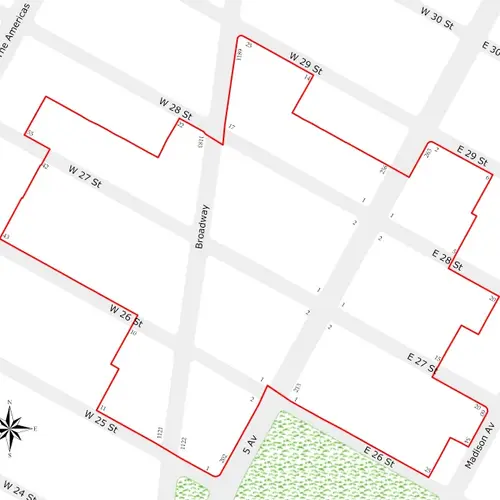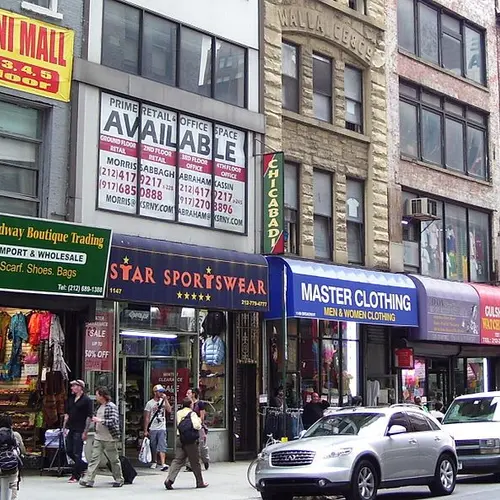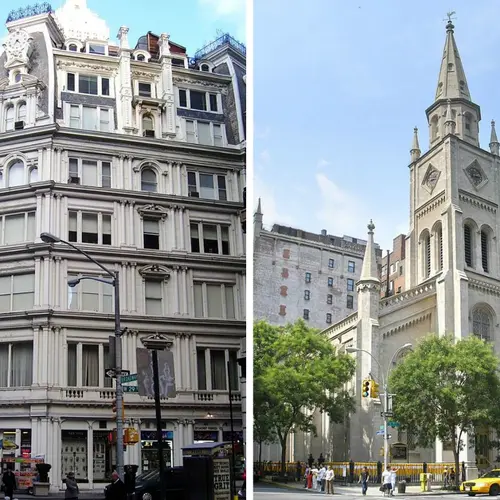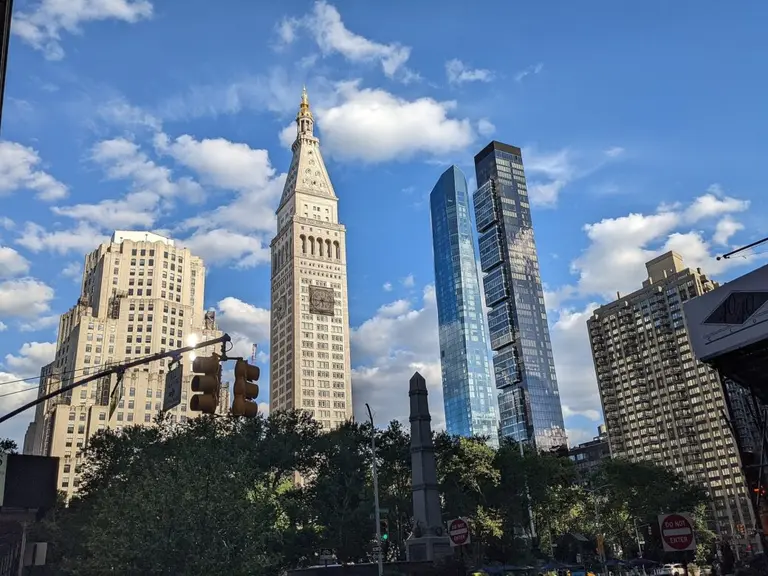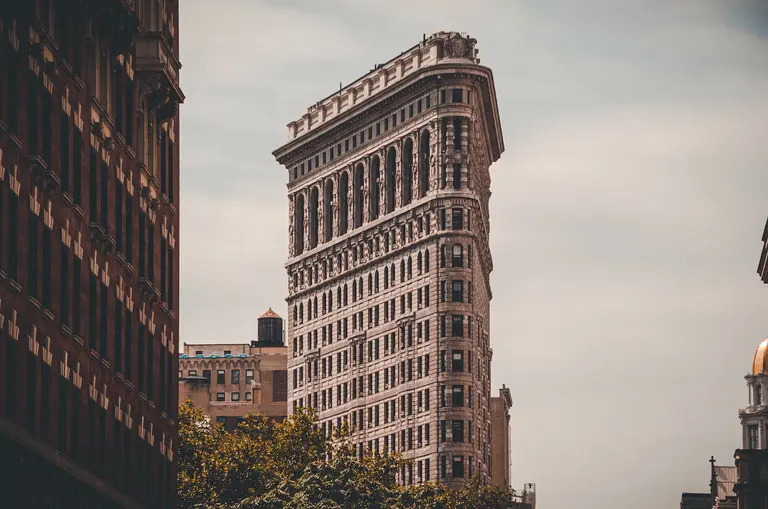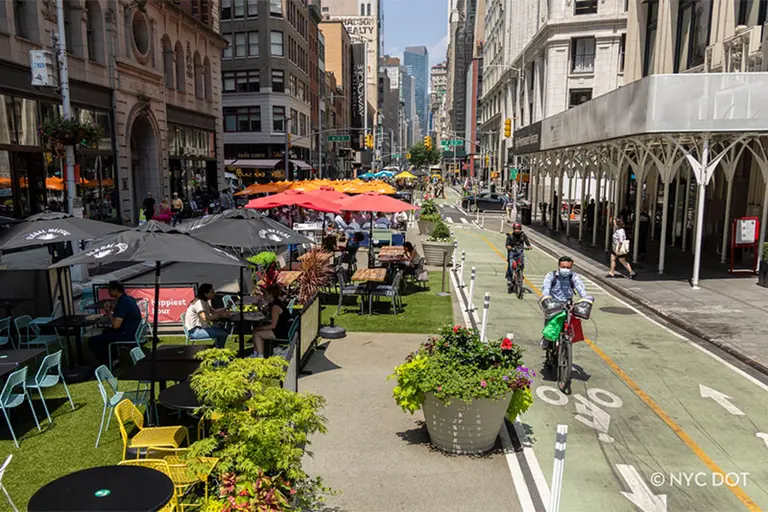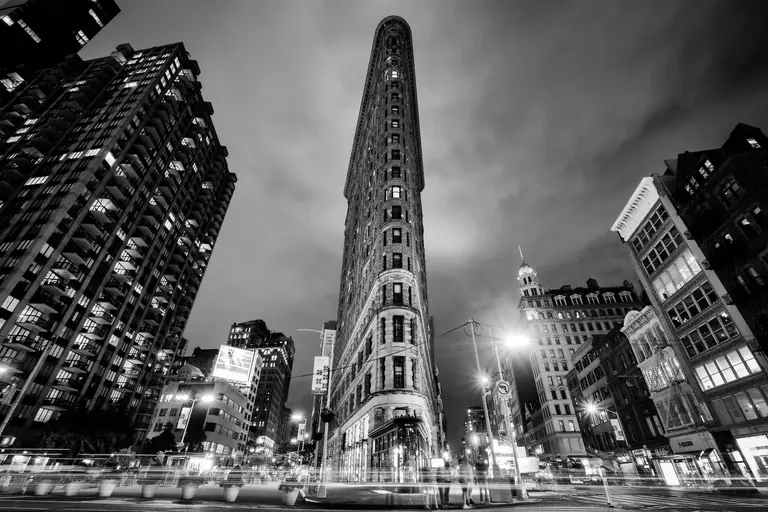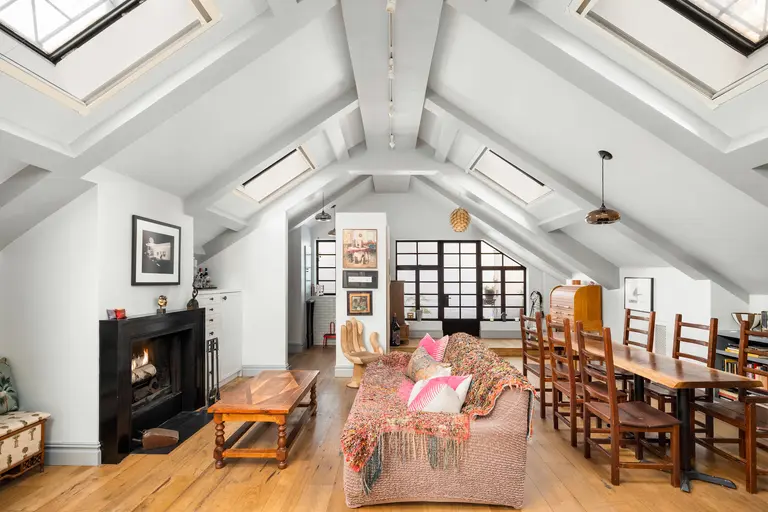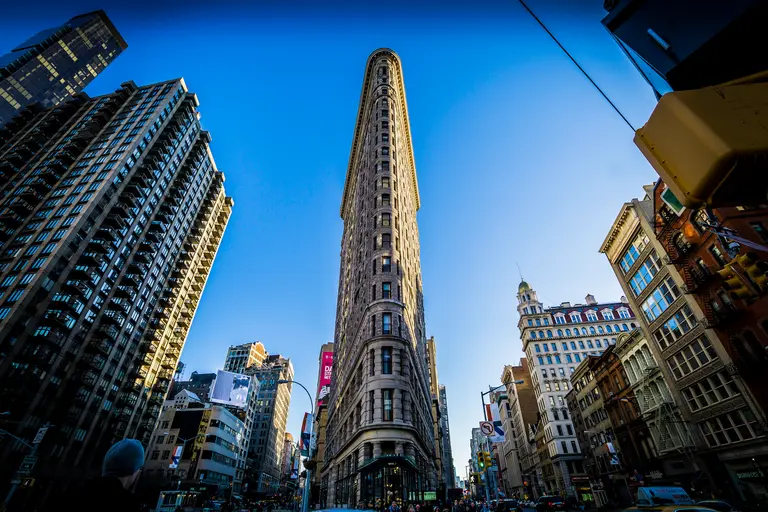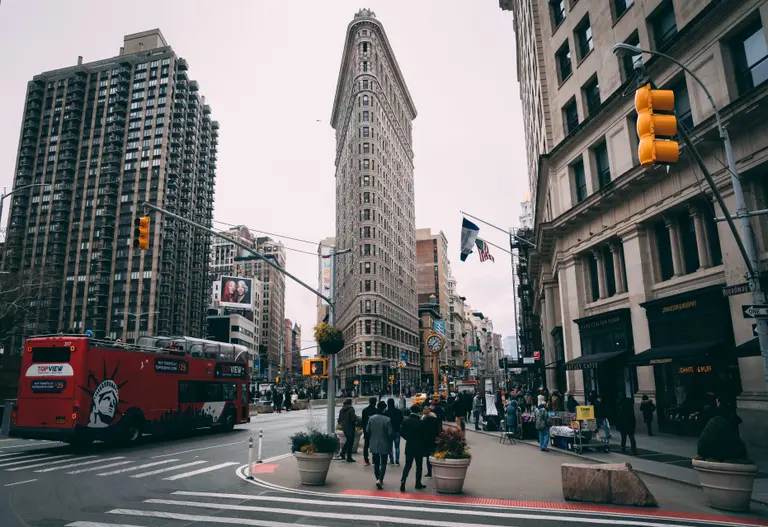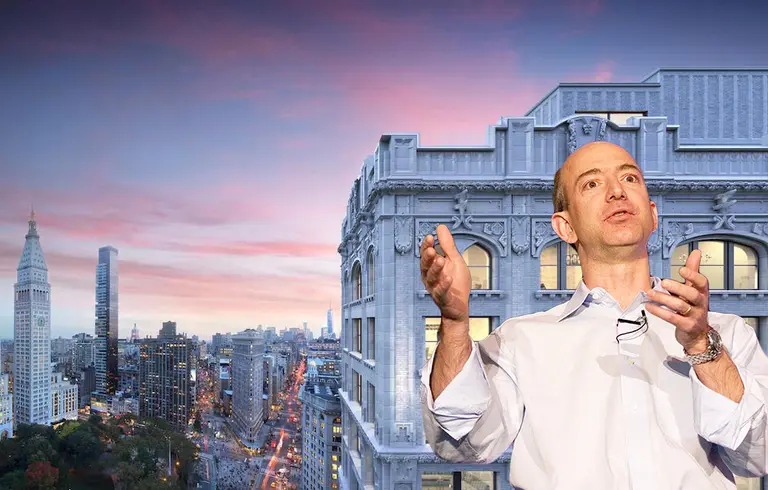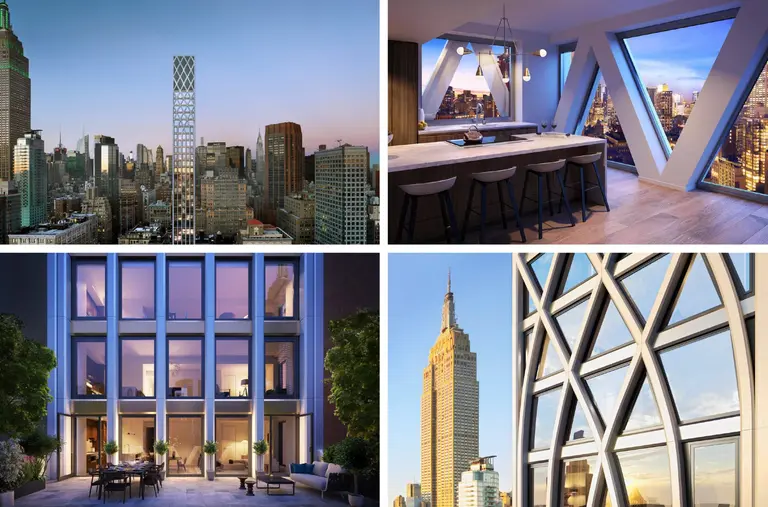Extension of NoMad Historic District Has Preservationists at Odds with Building Owners
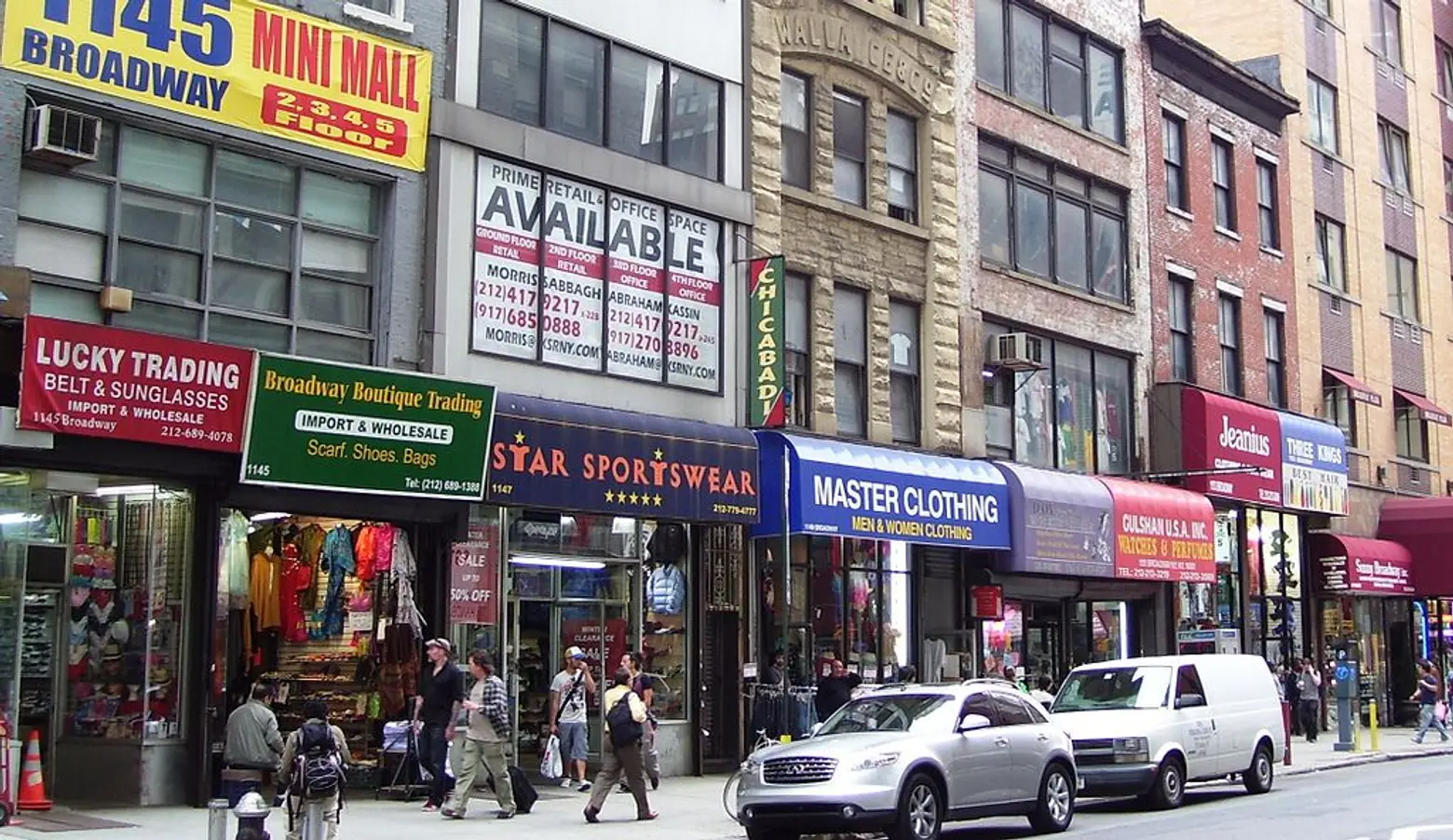
Broadway between 26th and 27th Streets, part of the current Madison Square North Historic District, via Wiki Commons
Over the past few years, NoMad (north of Madison Square Park) has been the subject of countless articles looking at its rise to becoming a go-to place for culture, food, business, and residential opportunities. In fact, as we reported last June, since 2009 the neighborhood has seen price-per-square-foot averages rise by 40 percent. But not everyone looks at this neighborhood as the next frontier. Local residents and preservationists see the area as a relic of the late 19th century, when it was home to the city’s most opulent hotels and mansions and brownstones occupied by New York’s elite, as well as of the Roaring Twenties, when the community boomed as a commercial hub. For these cultural reasons and for NoMad’s wealth of industrial and gilded architecture, a proposal will be heard tonight in front of the landmarks committee of Community Board No. 5 to extend the Madison Square North Historic District.
NoMad property owners and developers don’t agree with the proposal, citing that the area’s building stock has been significantly altered over the years. As the Wall Street Journal reports, “The face-off is significant because it is centered in an area that has seen hundreds of millions of dollars of private investment, with new hotels and apartment buildings breaking ground, and new stores and restaurants opening almost weekly. In the eyes of real-estate executives, it would freeze growth in a rare section of Midtown Manhattan still ripe for development.”
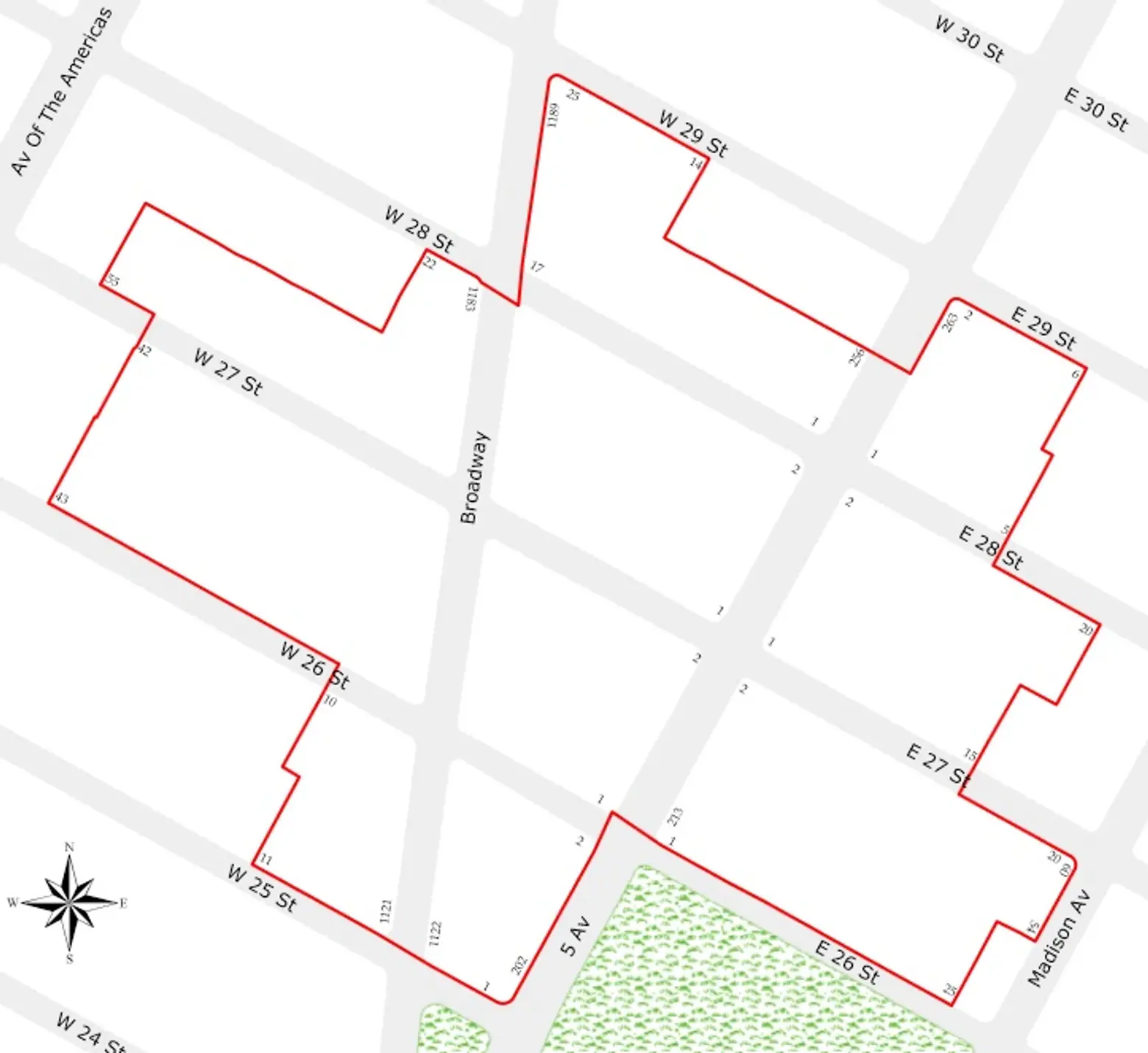
Map of the current district
The Historic Districts Council began advocating for an enlarged district in 2008, and two years ago their cause was supported by the planned demolition of the historic Bancroft Building, which is currently meeting its fate. As of now, the designated area lies between 25th and 29th Streets and Sixth and Madison Avenues, but the extension would redraw the boundaries north to 34th Street and out to Broadway and Park Avenue South. The new district would include Tin Pan Alley, the row of brownstones on 28th Street that was home to dozens of music publishers around the turn of the century, as well as 18 pre-Civil War row houses, 12 historic hotels, 30 early 20th-century loft buildings, and 20 office buildings from the 1910s and ’20s, according to a report by the 29th Street Neighborhood Association, a group of 380 residents who want to see the landmarks designation move forward.
Property owners, however, say the group’s report and the outlined area is full of a “remarkable number of undistinguished properties, parking lots, architecturally uninteresting garages,” and buildings that were constructed after the period of historic significance, from the 1840s to the late 1930s. To make their case, they pointed out 49-51 West 33rd Street, which the report described as a two-story Greek Revival bank that underwent a full alteration, but is really a three-story completely nondescript structure. According to George E. Thomas, a cultural and architectural historian who wrote the review along with architect Susan Nigra Snyder, “We are designating the memory of a building that was gone in 1950. For 65 years it hasn’t been this building.”
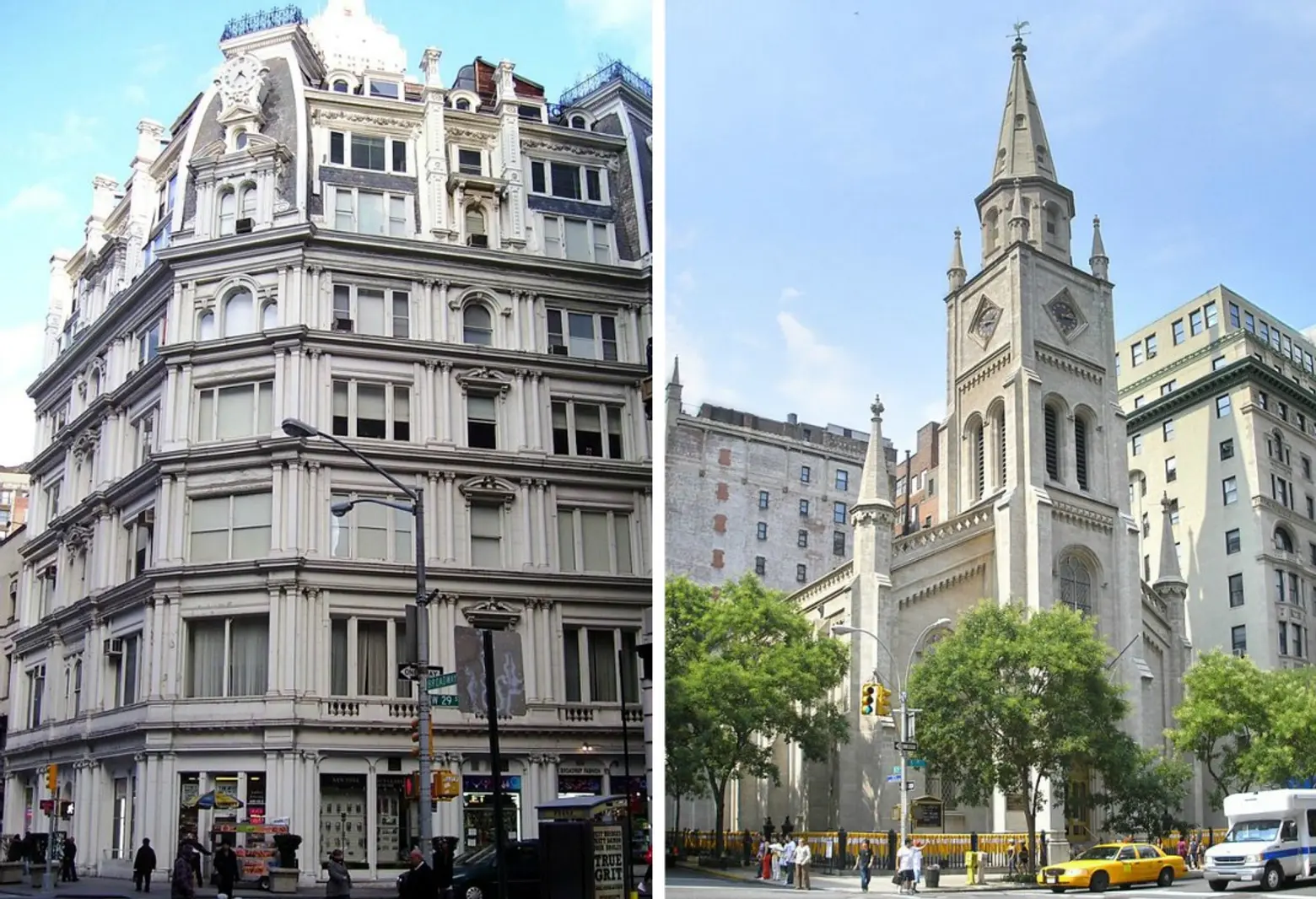 The Gilsey House Hotel (L) and the Marble Collegiate Church (R), individual landmarks in NoMad
The Gilsey House Hotel (L) and the Marble Collegiate Church (R), individual landmarks in NoMad
Simeon Bankoff, executive director of the Historic Districts Council, defended the proposal by telling the Journal that “every building in a historic district is not a standout piece of architecture. What that area still remarkably has is a very special sense of place that is incredibly evocative of New York between the [world] wars.” On the other side of the debate, Farrell Virga, president and chief executive of Meringoff Properties Inc. and a member of the Madison Square North Property Owners Coalition, said “If we are restricted with bureaucratic red tape in the form of a broad-brush landmarking of an area, you could stymie development in that area that is both residential and commercial.”
RELATED:
- A Closer Look at NoMad – Manhattan’s “New” Neighborhood
- Tracing the Colorful History of Madison Square Park from the 1800s
- Historic Districts and Landmarking: What They Mean (and How They Could Affect You)
[Via WSJ]
